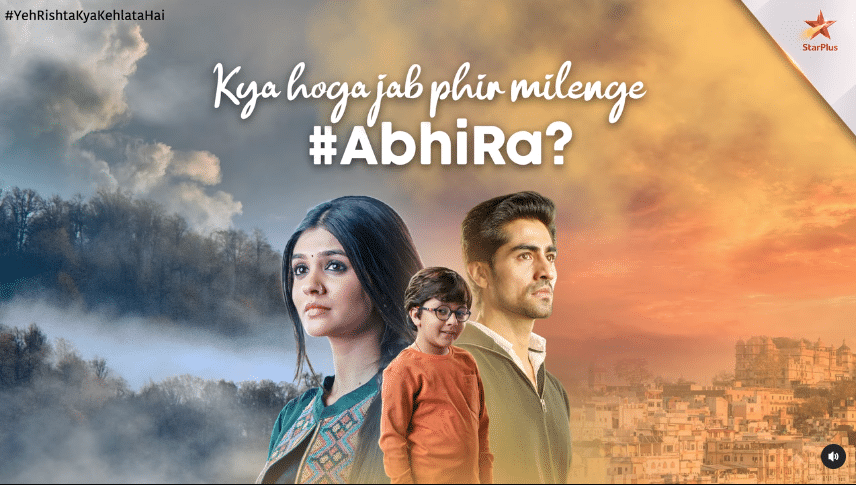Japan’s Hiroyuki Sanada has become one of Hollywood’s most familiar Asian actors, with action roles in franchises like “Mortal Kombat,” “Avengers: Endgame” and now “John Wick 4,” as well as the nuanced character turns in “Minamata” and “The Railway Man.” Keanu Reeves and director Chad Stahelski created a role especially for Sanada so that he could join the action-packed universe.
In an interview with Variety, he said: ‘There’s a scene between John Wick and my character Shimazu Koji, up on the rooftop where the two old friends are drinking whiskey. Just talking. Talking, not fighting. That’s a very rare thing in this movie. It created atmosphere and established their chemistry.’
He continued, “Before “John Wick” was created and at the end of “47 Ronin” [in which Reeves and Sanada co-starred] Keanu told me that his next project was a big action movie with Chad [Stahelski]. I said “good luck” and watched the whole series in the movie theater. Finally, Chad called me and said he’d created a role for me, as an old friend of John Wick. I was so excited, this time I said, “I’ll see you on set.” It was a quick decision. I’d been following all of Keanu’s jobs. And I was really happy to be reunited with Keanu and Chad, the stunt guys and the choreographer. It was like a dream come true.”
On his expereince as a Japanese actor he said,”I mostly get offered roles these days, luckily. But, of course, for many years before that I had to audition. Lately, I read the script, talk with the director and if we see that we have the same goals, I’ll jump in.
I think I used to be a workaholic, especially when I was living in Japan. No official holidays in the year, working almost every day. I loved it. But when I moved to L.A. in 2005, it was harder for me to get roles. And I had more free time. It had never happened before. But I also realized that I needed that time, because working in the U.S. was much harder than working in Japanese in Japan. I started taking English lessons, then doing auditions and lots of meetings. I had to concentrate. I was tense. So, I needed the relaxing time in between and have now found a good work-life balance. I have an exciting job and a peaceful life. California is perfect for me. It has cities, great restaurants, the ocean and mountains. Plus, there is a big entertainment industry here.”
“Some themes are considered too sensitive or delicate that Japanese filmmakers will not touch them. In that case, if it is an important theme, having a Western filmmaker do it is welcome. I say, “Thank you for making this movie and bringing the story to the world.” I always take this stance. But if they are getting things culturally incorrect, then I have to say something. I have to fix it. I’ve found directors and producers have always listened respectfully to my suggestions and that has never been awkward on set. In “Minamata” [where the subject is an industrial-scale poisoning] the director [Andrew Levitas] asked me to consult on the set design and the costumes of the extras. I was on set every day, often before the director, checking things. I didn’t have any official title, but they listened to me. Since then, I’ve been doing that for every movie. And, last year, finally, I got the title of the producer of a show.” he said when asked about the worry that movies show Western-skewed interpretations of Japanese society.
His favourite scene he says is, “There’s a scene between John Wick and my character Shimazu Koji, up on the roof top where the two old friends are drinking whiskey. Just talking. Talking, not fighting. That’s a very rare thing in this movie. It created atmosphere and established their chemistry.”
“I discussed these things a lot with Justin Marks [co-writer and executive producer] about how to make it work for today’s audiences and still be authentic. But, for the first time I had the right, officially, to say something. We hired Japanese cast and crew, who have a long career in samurai movies. Costumers, wig specialists and set designers. On “Shogun,” I had a team. Before that, I was always just one person struggling with this responsibility on my shoulders. That said, I really enjoyed it. Making better movies is my dream. Now finally, after 20 years [in the U.S.], I’ve got the title and the team. It is a big step for me. First time as a producer, first time as a leading man in a Hollywood show. I feel reborn. And I hope that there will be more occasions when I can be actor or producer, or both.” he exclamied on referring to “Shogun” — a series based on another Western-written book about Japan — in which he played feudal Lord Toranaga.
For the production of Shogun, he went, “It went well. It was so dramatic and meaningful. Everyone understood that we were taking on a big, big challenge. But it was worth working hard to create the future. It was a great feeling: East meets West without any walls between us.”
“The styles are a little different. And it is true that Japanese movies have almost no budget. So, we have to calculate and schedule everything very tightly. I don’t know if that is a good thing or not. Having a highly skilled crew certainly is. I’d like to see more mix between East and West. Bigger budgets, protected by unions, but also working to a schedule.” for things that Hollywood can learn from the Japanese film industry.
“After finishing the post-production of “Shogun”, I will join my next project in June or July. A movie, but I cannot disclose the title just yet. I won’t be producer on that, but I plan to produce again in the future.” was his conlcuding statment.




